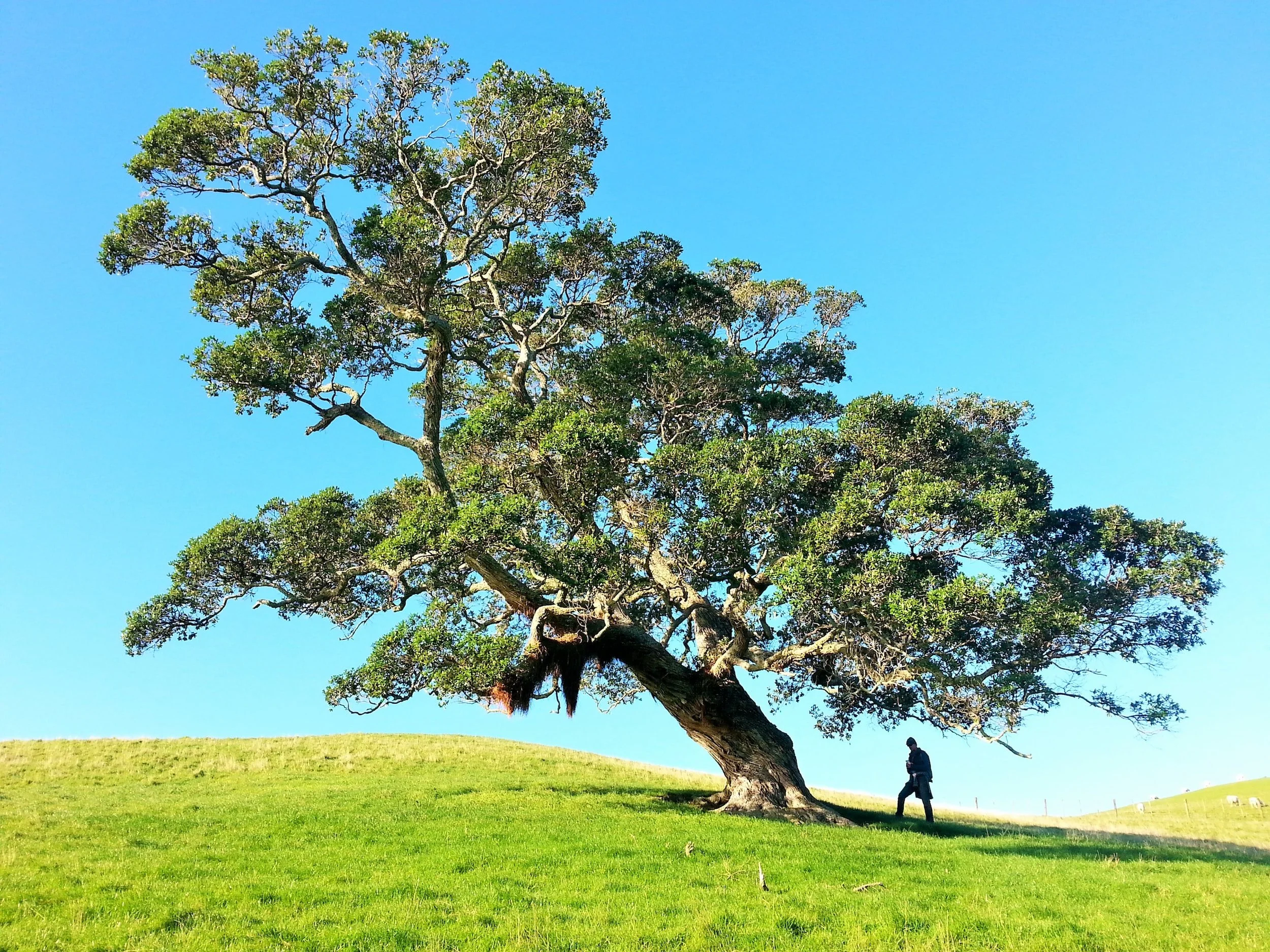Retracing Jesus’ Steps to Easter, Part 1
"Is it not written: 'My house will be called a house of prayer for all nations?’
But you have made it a den of robbers."
Mark 11:17 (NIV)
Palm Sunday launched the final week in the life of Jesus, leading up to His death, burial, and resurrection. On Monday of that Holy Week, the Gospels record several striking encounters that offer insight into our own relationship with Him and others. The first was the cursing of the fig tree. It would become a parable related to the cleansing of the Temple that would happen next after He and His disciples arrived in Jerusalem.
The Gospel of Mark tells us, “The next morning as they were leaving Bethany, Jesus was hungry. He noticed a fig tree in full leaf a little way off, so He went over to see if He could find any figs. But there were only leaves because it was too early in the season for fruit. Then Jesus said to the tree, “May no one ever eat your fruit again!” And the disciples heard Him say it.” (Mark 11:12-14, NLT)
When Jesus cursed the fig tree, Mark says in verse 20 that it withered from the roots up. This must have left His disciples wondering why He was angry. The fig tree, like so many professing Christians, showed promise of fruit, but it produced none. This would incite the same anger in Christ when He later entered the Temple and saw the abuse of the money changers and merchants exploiting the people and violating the purpose for which the Temple stood.
Neither the fig tree nor those in the Temple that day were fruitful. Both clearly appeared one way but failed to deliver what they promised. Not only was the business in the Temple a distraction, but the merchants had set up shop in the Temple’s Court of the Gentiles, making it all but impossible for the non-Jewish seekers to find the God they sought in the only place provided with that purpose for them. Jesus became angry because God’s house of worship had become a place of extortion and a barrier to Gentiles who wanted to connect with Him.
When Jesus drove out the money changers and the merchants, Matthew adds the miracle that happened next. “The blind and the lame came to Him in the Temple, and He healed them.” (Matthew 21:14, NLT) With the Temple cleansed, God was able to move in miraculous ways healing and restoring lives.
The cursing of the fig tree and the cleansing of the Temple warn us of wasting the potential of our lives. When we claim to have faith without putting it to work in our lives, we are like the barren fig tree. Genuine faith has great potential; ask God to help you bear fruit for His kingdom.
When we allow distractions in our lives that prevent us or others from worship, we need to take radical steps to remove them. This is one of the unique occasions in Scripture when we witness the anger of Christ. Anger can be a positive motivator. It should come from our passion for God. Jesus became angry, but He did not sin. There is a place for righteous indignation. Too often, we become angry at the wrong things and fail to be angry at what we should. Christ followers are right to be upset about sin and injustice and should take a stand against them. How often, though, we are passive about these important issues and instead get angry over personal insults and petty irritations. Make sure your anger is directed toward the right issues.
As we retrace Jesus’ steps today, this would be a good time to ask yourself some personal questions:
In what areas of your life are you most fruitful? In what areas do you notice foliage without fruit? What makes the difference?
What are the distractions to worship in your life, personally and corporately? TV, leisure time, work? What steps do you need to take to remove the distractions and restore worship in your life that would honor God?
Another important part of your daily devotional is spending time with God in prayer. The Woodlands Church Prayer Board lists prayer requests submitted by our members and provides a way to send them some encouragement by using a button on the page to let them know that you prayed for them. Whether you use the Prayer Board, or pray from your heart, the goal is to build the habit of incorporating prayer into your quiet time.
Need prayer yourself? Let us know by submitting a prayer request on the Woodlands Church Prayer Board.

